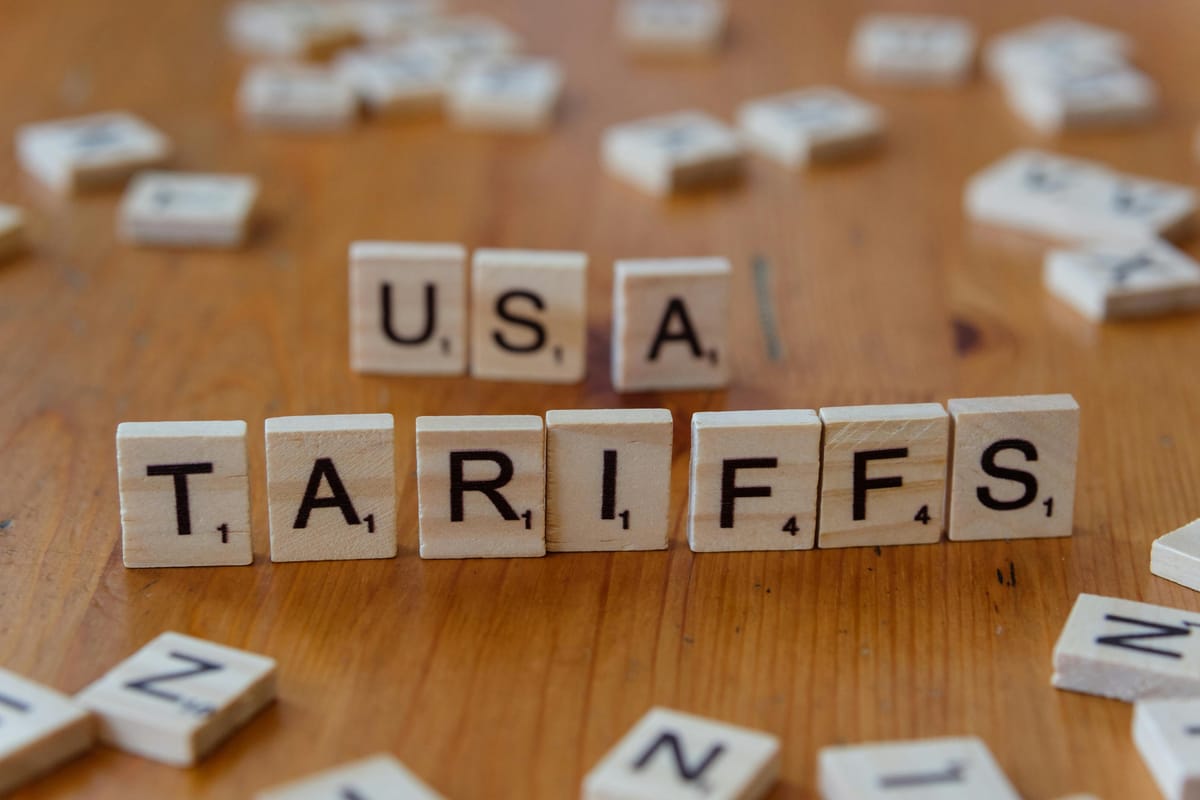

“What next ?”, this is a pertinent question which the world faces today in light of the recent trade war marked by a sharp spike in the tariffs imposed by the US on the imports of more than 90 countries including India. This move by Trump has had overlapping implications disrupting not only the trade relations but jeopardizing America's diplomatic ties which it had shared with its allies. With the world now divided along economic and diplomatic lines as the nations are now reassessing their geopolitical ties , with experts not ruling out the possibility of the formation of a new world order which will function as a ‘resistance group’. These moves are considered inconsistent with WTO rules and have contributed to the accelerated push for de-dollarization and alternative financial systems by countries feeling targeted.
The Case of India
Trump announced a hike in the previous 25% rate to bring it up to 50% to be effective on Indian imports from 27th August onwards. He justified this as a retaliatory measure in response to India’s purchase of oil from Russia for what is now the highest tariff burden on any US-Asia trading partner. With the pressure mounting up, many former allies of the U.S. have started to reevaluate their ties with Washington.
Speculation suggests that India is the only country targeted by the Trump administration for exorbitant tariff imposition for dealing in oil with Russia. It worth mentioning here that, several of the State's allies including Japan and South Korea are trading partners of Russia, with the former importing 18% LNG and the latter importing 6% crude oil and 5% natural gas inter alia from it.
India is now aiming to strengthen its diplomatic ties with its BRICS partner nations, with President Lula of Brazil coming in open support, even going to the extent of claiming to prefer dialogues with P.M. Modi over Trump. President rule de' Silva dialled Modi a day after snubbing Trump as 50% tariffs were imposed on Brazilian goods this Wednesday by Washington.
Implications for India
Indian exporters have every reason to fear the toughest blows ever seen. Nearly half of the country’s $86.5 billion in annual exports to the US are subject to these tariffs, particularly labor-intensive sectors like textiles, jewelry, chemicals, and machinery. The US market, thus, being 18% of India's exports and 2.2% of the country's GDP, has the tariffs acting as a drag on India, slowing growth; in fact, it looks like growth could drop below 6% this time around, with GDP loss estimates ranging anywhere from 0.2% to 0.6%.
Experts have warned that with global alliances being torn asunder by the tariffs, there is a possibility of a new world order evolving. This would, therefore, consider the rise of resistance groups—multilateral blocs that look to counterbalance the dominance of the US—in pursuit of economic sovereignty alongside bypassing the US-centric trade system. The efforts of BRICS and the Cross-Border Interbank Payment System (CIPS) launched by China are some of the earliest instances of this transition.
What's Next ?
India, while hit hardest, is not the only nation reassessing its stance. Several of the United States' allies and trading partners are now having to reexamine their priorities for trade, some actually considering reconciliation or diversification in order to lessen or completely remove dependency on the U.S. markets. Before India and the other affected nations lie a choice: embark upon more home reforms; find alternative outlets for their exports; and, embrace other financial systems and trade groups more strongly.
